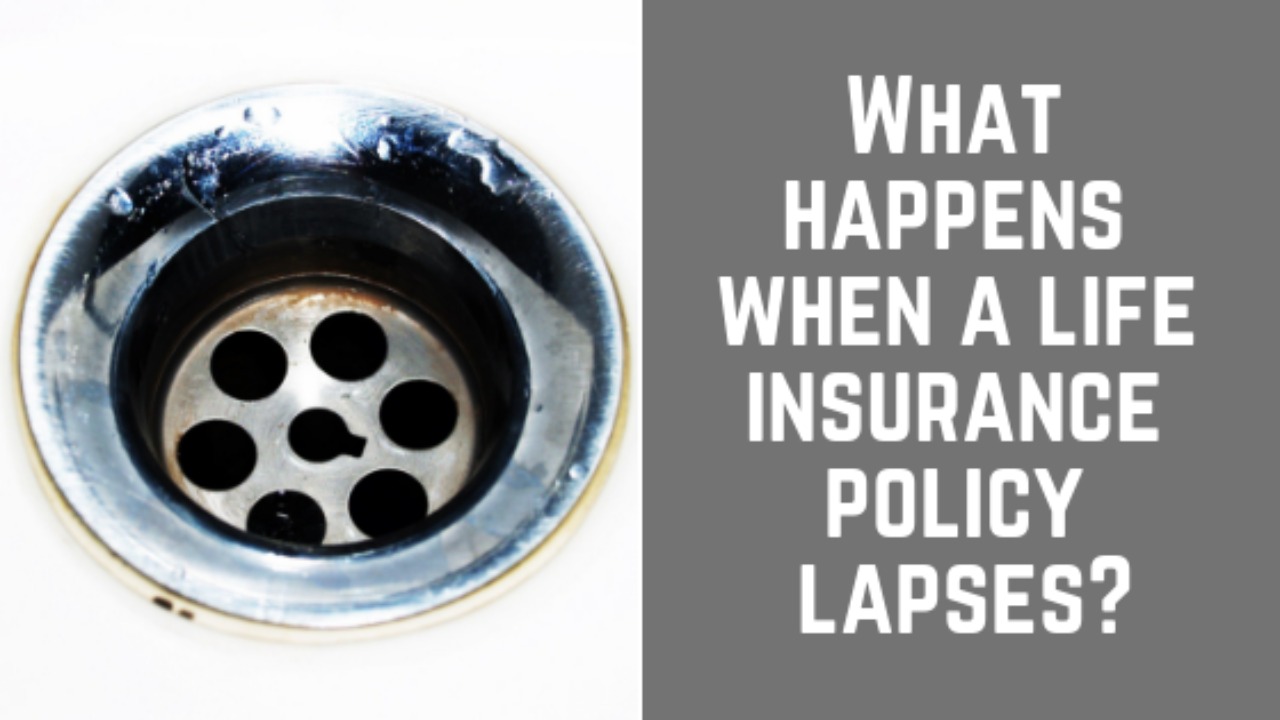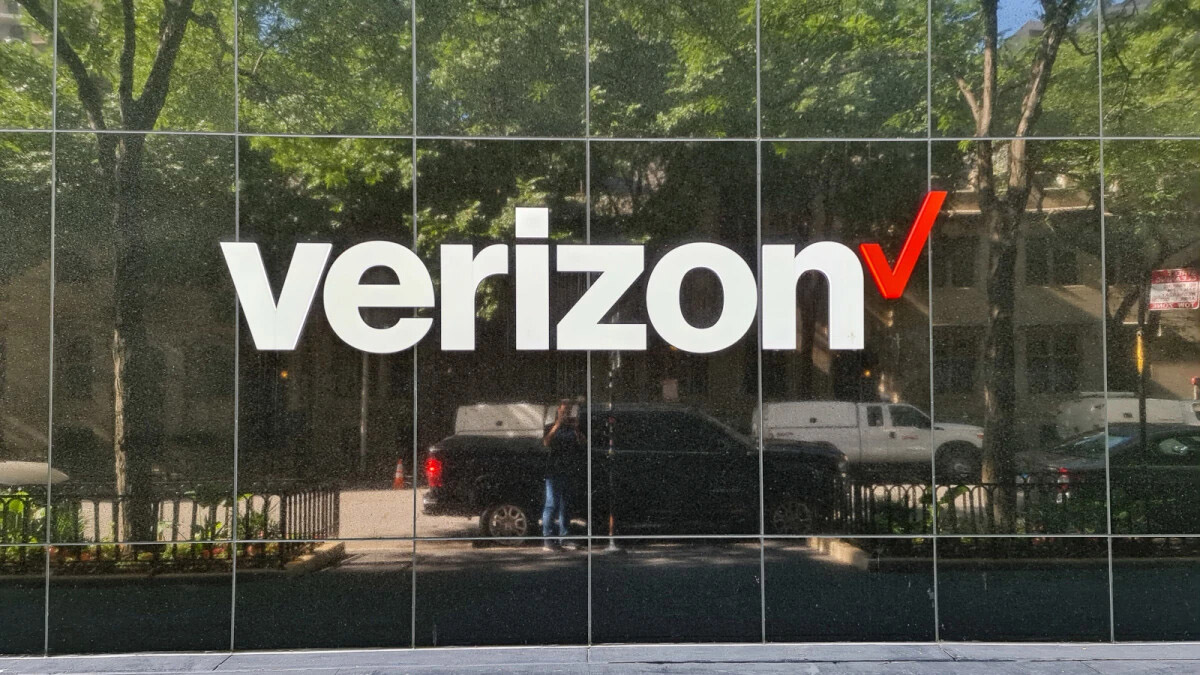Home>Finance>What Happens If You Make A Claim After Your Insurance Coverage Has Lapsed?


Finance
What Happens If You Make A Claim After Your Insurance Coverage Has Lapsed?
Modified: February 21, 2024
Find out what happens if you make a claim for finance after your insurance coverage has lapsed and how it can affect your finances.
(Many of the links in this article redirect to a specific reviewed product. Your purchase of these products through affiliate links helps to generate commission for LiveWell, at no extra cost. Learn more)
Table of Contents
Introduction
Insurance coverage is a vital component of personal financial planning, providing protection and financial security in the face of unforeseen events. However, there may be instances where an individual’s insurance coverage lapses, leaving them vulnerable to potential risks. A coverage lapse occurs when a policyholder fails to pay their insurance premiums within the specified grace period, resulting in the termination of their insurance policy.
While it is crucial to maintain continuous insurance coverage to ensure adequate protection, life sometimes throws us unexpected challenges, and lapses in insurance coverage can occur. If you find yourself in a situation where your insurance coverage has lapsed, it is essential to understand the implications and take appropriate steps to mitigate potential risks.
In this article, we will explore the consequences of making a claim after your insurance coverage has lapsed and provide guidance on what steps you should take in such a situation. We will also discuss potential outcomes that can arise from filing a claim after a coverage lapse and offer some tips to help you avoid insurance coverage lapses in the future.
Understanding insurance coverage lapses
Before delving into the consequences and steps to take after a coverage lapse, it is crucial to understand what exactly constitutes an insurance coverage lapse. A coverage lapse occurs when a policyholder fails to pay their insurance premiums within the specified grace period, resulting in the termination of their insurance policy.
The grace period is the specified timeframe that insurers provide for policyholders to make their premium payments after their due date has passed. If the payment is not received within this grace period, the policy is considered lapsed, and the insurance coverage is no longer in effect.
Insurance coverage lapses can happen for various reasons, such as financial constraints, forgetting or missing premium payments, or even administrative issues. Regardless of the cause, it is essential to be aware of the consequences that can arise from a coverage lapse and take appropriate actions to mitigate potential risks.
It is worth noting that different insurance policies and providers may have distinct guidelines and grace periods for premium payments. Therefore, it is crucial to thoroughly review your policy documents and consult with your insurance provider to fully understand the terms and conditions of your coverage and the grace period provided.
Additionally, it is essential to differentiate between a lapse in coverage and a policy cancellation. A coverage lapse occurs when premium payments are not made within the grace period, leading to the termination of the policy. On the other hand, a policy cancellation typically occurs when the policyholder intentionally requests to terminate the policy, or the insurance provider decides to cancel the policy due to non-compliance with policy terms or other specified reasons.
Understanding the nuances of insurance coverage lapses will help you navigate any potential issues more effectively and make informed decisions about your insurance coverage.
Consequences of making a claim after insurance coverage has lapsed
Making a claim after your insurance coverage has lapsed can have significant consequences. When you file a claim without active coverage, the insurer is likely to deny your claim and refuse to provide any financial assistance or compensation for the loss or damages you have incurred.
One of the primary reasons for claim denial after a coverage lapse is that insurance policies are contractual agreements between the policyholders and the insurance company. As per the terms of the agreement, the insurer provides coverage and financial protection in exchange for regular premium payments. When the policyholder fails to meet their obligation of paying premiums within the specified grace period, the insurer has the right to terminate the policy.
Without active coverage, the insurer has no obligation to honor any claims made by the policyholder. In essence, the policyholder is no longer entitled to the benefits and protections outlined in the insurance policy. This can be financially devastating, especially in situations where significant losses or damages have occurred, such as a home fire, a car accident, or a serious medical condition.
In addition to claim denial, there may be other consequences to making a claim after your insurance coverage has lapsed. For example, some insurance companies may report the lapse in coverage to credit bureaus, which can negatively impact your credit score. This can make it more difficult to obtain insurance coverage in the future and may result in higher insurance premiums.
Furthermore, if you were to file a claim after a coverage lapse and the insurer discovers that the lapse was deliberate or a result of fraudulent activity, it can have even more severe consequences. Insurance fraud is a serious offense and can result in legal consequences, fines, and even imprisonment.
It is crucial to understand the potential consequences of filing a claim after your insurance coverage has lapsed before proceeding. It is always best to maintain continuous coverage to ensure your financial protection in the event of unexpected circumstances. However, if a lapse does occur, it is important to take immediate action to rectify the situation.
Steps to take if your insurance coverage has lapsed
Discovering that your insurance coverage has lapsed can be unsettling, but it’s essential to take immediate action to rectify the situation. Here are some steps you should consider if your insurance coverage has lapsed:
- Contact your insurance provider: As soon as you become aware of the coverage lapse, reach out to your insurance provider. Inform them about the situation and inquire about any potential options available to reinstate your coverage. Your insurance provider may be able to provide guidance on the necessary steps to rectify the lapse.
- Pay outstanding premiums: If the coverage lapse is a result of missed premium payments, promptly settle any outstanding premium amounts. Your insurance provider will typically specify the timeframe within which you can make the payment to reinstate your coverage. Be sure to adhere to the given deadline to avoid further complications.
- Consider reinstatement or new policy: Depending on the specific circumstances and your insurance provider’s policies, you may have the option to reinstate your previous policy or apply for a new policy. Reinstating your previous policy may be more straightforward, as it allows you to continue with the same coverage and policy terms. However, if reinstatement is not possible, you may need to apply for a new insurance policy with a different provider.
- Review policy terms: Before reinstating your coverage or procuring a new policy, carefully review the terms and conditions. Ensure that the coverage and policy limits meet your needs and provide adequate protection. It may also be an opportune moment to reassess your insurance needs and make any necessary adjustments to your coverage.
- Make future premium payments on time: To avoid any future lapses in coverage, make it a priority to pay your insurance premiums on time. Set reminders, automate payments, or establish a budgeting system to ensure you allocate sufficient funds for premium payments. Consistent and timely premium payments are essential for maintaining continuous coverage and financial security.
Taking prompt action and following these steps can help you rectify the coverage lapse and reinstate your insurance policy. It is crucial to stay proactive and maintain open communication with your insurance provider throughout the process.
Potential outcomes from filing a claim after coverage lapse
Filing a claim after your insurance coverage has lapsed can lead to various potential outcomes, all of which depend on the circumstances surrounding the lapse and the policies of your insurance provider. Here are a few potential outcomes that you may encounter:
- Claim denial: The most common outcome is that your claim will be denied by the insurance company. Since the policy was not in force at the time of the loss or incident, the insurer has no obligation to provide coverage or compensation. This denial can leave you financially responsible for the damages or losses incurred.
- Partial coverage: In some cases, the insurance provider may offer partial coverage for the claim, especially if the coverage lapse was due to a short period of non-payment. However, it is important to note that this is at the insurer’s discretion and may not cover the full extent of the damages or losses.
- Policy reinstatement: Depending on the circumstances and the policies of your insurance provider, it may be possible to reinstate your insurance policy after a coverage lapse. This typically requires settling any outstanding premiums and fulfilling any other requirements set by the insurer.
- Limited coverage for future claims: If your insurance policy is reinstated after a coverage lapse, the insurance provider may impose certain restrictions or limitations on future claims. This could include higher deductibles, reduced coverage limits, or exclusions for certain types of claims.
- Potential rate increases: Filing a claim after a coverage lapse may result in higher insurance premiums in the future. Insurance providers view a coverage lapse as an increased risk, and they may adjust your premiums accordingly to compensate for that risk.
It is important to note that the specific outcomes can vary depending on factors such as the type of insurance policy, the duration of the lapse, the reason for the lapse, and the individual policies of the insurance provider. It is always recommended to consult with your insurance company to understand the potential outcomes specific to your situation.
Considering the potential consequences and outcomes, it is crucial to prioritize maintaining continuous insurance coverage to ensure financial protection and peace of mind. Timely premium payments and open communication with your insurance provider are essential to avoid coverage lapses and mitigate potential risks.
Tips for avoiding insurance coverage lapses in the future
Experiencing a coverage lapse can be a stressful situation, but there are steps you can take to prevent it from happening again in the future. Here are some tips to help you avoid insurance coverage lapses:
- Set up automatic payments: Consider setting up automatic payments for your insurance premiums. This ensures that your premiums are paid on time every month, reducing the risk of missed or late payments that can lead to a coverage lapse.
- Review your budget: Take the time to review your monthly budget and allocate funds specifically for insurance premiums. By prioritizing these payments, you can ensure that they are always accounted for and paid on time.
- Create reminders: Set reminders on your calendar or use smartphone apps to remind you of upcoming premium due dates. Regular reminders can help you stay on top of your payments and avoid any lapses in coverage.
- Bundle policies: Consider bundling multiple insurance policies, such as auto and home insurance, with the same provider. Bundling often comes with benefits like multi-policy discounts and can make managing and paying premiums more convenient.
- Keep track of policy renewal dates: Take note of the renewal dates for your insurance policies. Start the renewal process well in advance, allowing time to review your coverage, compare options, and make any necessary adjustments or changes.
- Stay informed: Regularly review your insurance policies to ensure they still meet your needs. Life can change, and your coverage requirements may evolve over time. Being proactive and informed about your coverage can help you avoid gaps in protection.
- Communicate with your insurance provider: If you are experiencing financial difficulties or anticipate challenges in making premium payments, reach out to your insurance provider. They may be able to provide alternative payment options or suggest ways to help you maintain your coverage.
- Consider automatic renewal: Opt for automatic policy renewal, if available. This allows your policy to renew automatically unless you choose to cancel or make changes. Automatic renewal can safeguard against accidental lapses caused by forgetting to renew your policy.
By implementing these tips and adopting proactive practices, you can significantly reduce the risk of insurance coverage lapses. Continuously monitoring and managing your insurance payments will help ensure that you maintain the necessary protection and financial security.
Conclusion
Understanding the implications of insurance coverage lapses and taking proactive measures to prevent them is vital for ensuring financial security and peace of mind. A lapse in insurance coverage can have significant consequences, including claim denials and potential financial burdens in the event of loss or damage.
If you find yourself in a situation where your insurance coverage has lapsed, promptly contact your insurance provider and take necessary steps to rectify the situation. This may involve paying outstanding premiums, considering policy reinstatement or obtaining a new policy, and reviewing policy terms to ensure adequate coverage.
Preventing coverage lapses in the first place is equally important. Establishing automatic payment systems, setting reminders, and creating a budget that prioritizes insurance premiums can help ensure that you never miss a payment. Additionally, staying informed about policy renewal dates, communicating with your insurance provider, and regularly reviewing your coverage will help you avoid potential gaps in protection.
Maintaining continuous insurance coverage is crucial for safeguarding yourself and your assets against unforeseen risks. It provides you with the financial protection and peace of mind to face any challenges that may arise, knowing that you have the support of your insurance policy.
In conclusion, being proactive, responsible, and informed about your insurance coverage will help you avoid lapses and potential claim denials. By taking the necessary steps to maintain continuous coverage, you can protect your financial well-being and have the confidence that you are adequately prepared for any unexpected events that may come your way.














